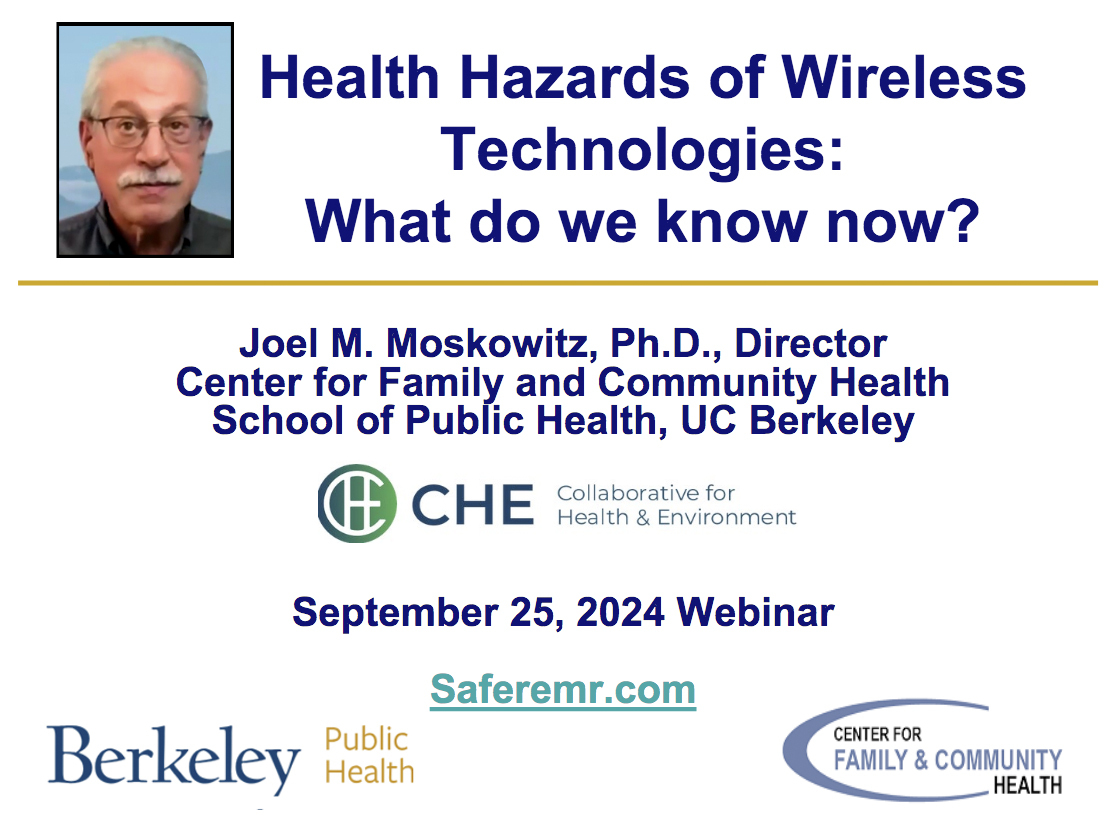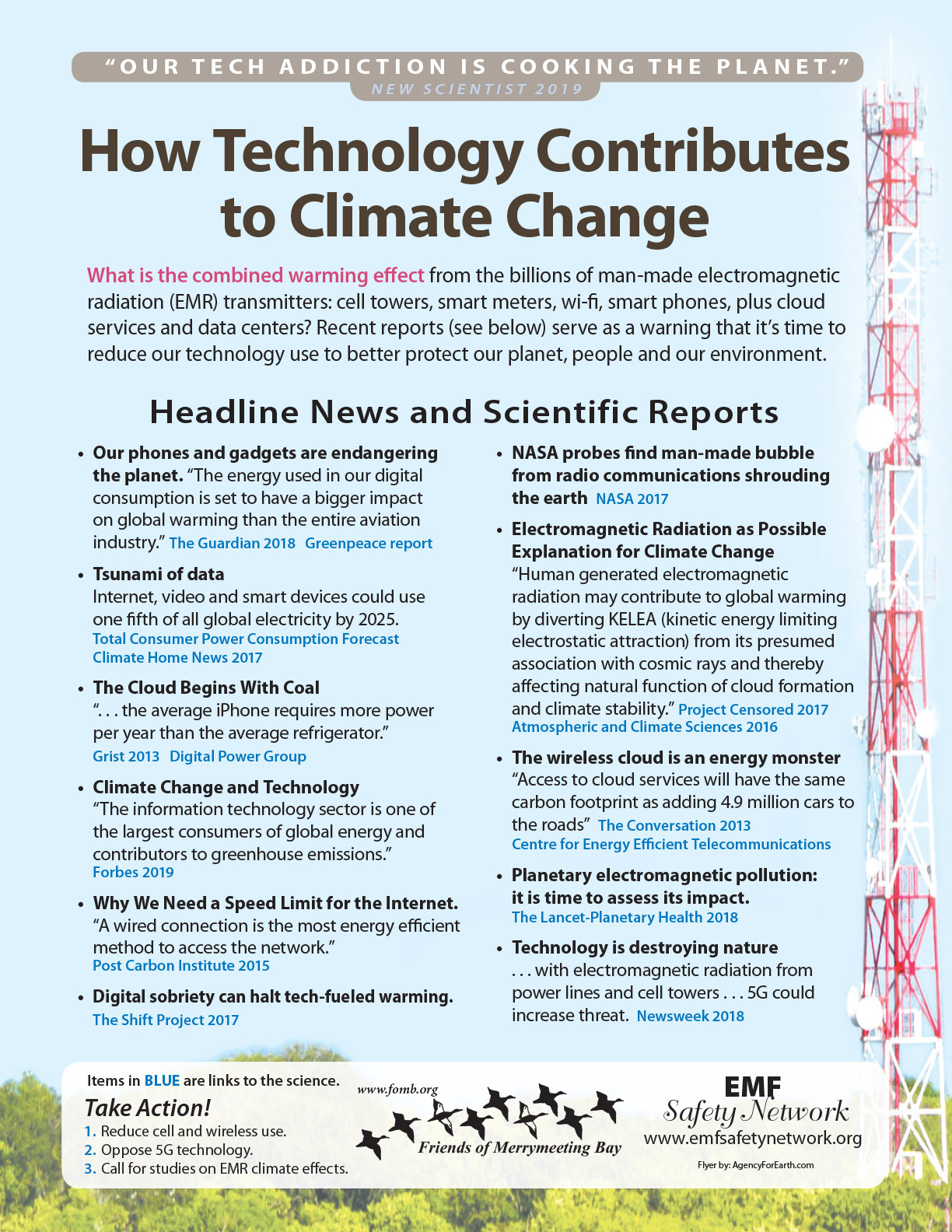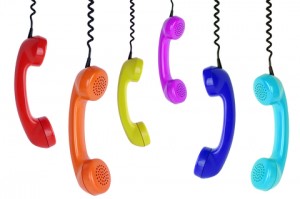Environmental Working Group: WASHINGTON – Data from the
largest-ever animal study of cellphone radiation effects, released today by the federal National Toxicology Program, confirms earlier evidence from human studies that cellphone radiation increases the risk of cancer.
The research found that male rats exposed to radio-frequency radiation had a greater chance of developing malignant brain cancer, tumors in the heart and tumors in other organs. Various tumors were also observed in mice exposed to radio-frequency radiation. The amount of radiation to which the laboratory animals were exposed included the levels emitted by cellphones millions of people use everyday.
“This is the most authoritative study published that connects cancer with cellphone radiation it should raise alarms for policymakers and awareness for all Americans”, said Olga Naidenko, Ph.D., senior science advisor at EWG. “These studies should have been done before more than 90 percent of Americans, including children, started using this technology day in and day out.”
The threat that radiation from wireless devices could be a public health risk only mounts with todays report from the NTP. In 2011, the World Health Organizations International Agency for Research on Cancer declared the kind of radiation emitted by cellphones as a possible carcinogen based on human epidemiological studies that found increased gliomas and acoustic neuromas in long-term cellphone users.
“As new telecom networks are built around the country, in-depth assessment of childrens health risks is essential”, Naidenko added.
EWG has been at the forefront of public interest organizations raising concerns about cellphone use and cancer. The decade-long, $25 million federal study confirms reports by EWG from 2009 and 2013 that highlighted potential health risks from cellphones and wireless devices, especially for children.
EWGs 2009 Science Review on Cancer Risks and Childrens Health summarized comprehensive studies showing a variety of health harms linked to long-term cellphone use. This included increased risk of two types of brain tumors, including glioma; decreased sperm counts, motility and vitality among men; neurological effects; and changes in brain metabolism.
In December 2017, the state of California officially issued guidelines advising cellphone users to keep phones away from their bodies. When the groundbreaking guidelines were made public, California Department of Public Health Director Karen Smith said: “Simple steps, such as not keeping your phone in your pocket and moving it away from your bed at night, can help reduce exposure for both children and adults Children’s brains develop through the teenage years and may be more affected by cell phone use. Parents should consider reducing the time their children use cell phones and encourage them to turn the devices off at night.”
To help concerned consumers take steps to protect themselves and their families, EWG has created tools and tips that can help reduce exposure to cellphone radiation. This includes EWGs Guide to Safer Cellphone Use and Six Questions about Cellphone Radiation and Your Health.




